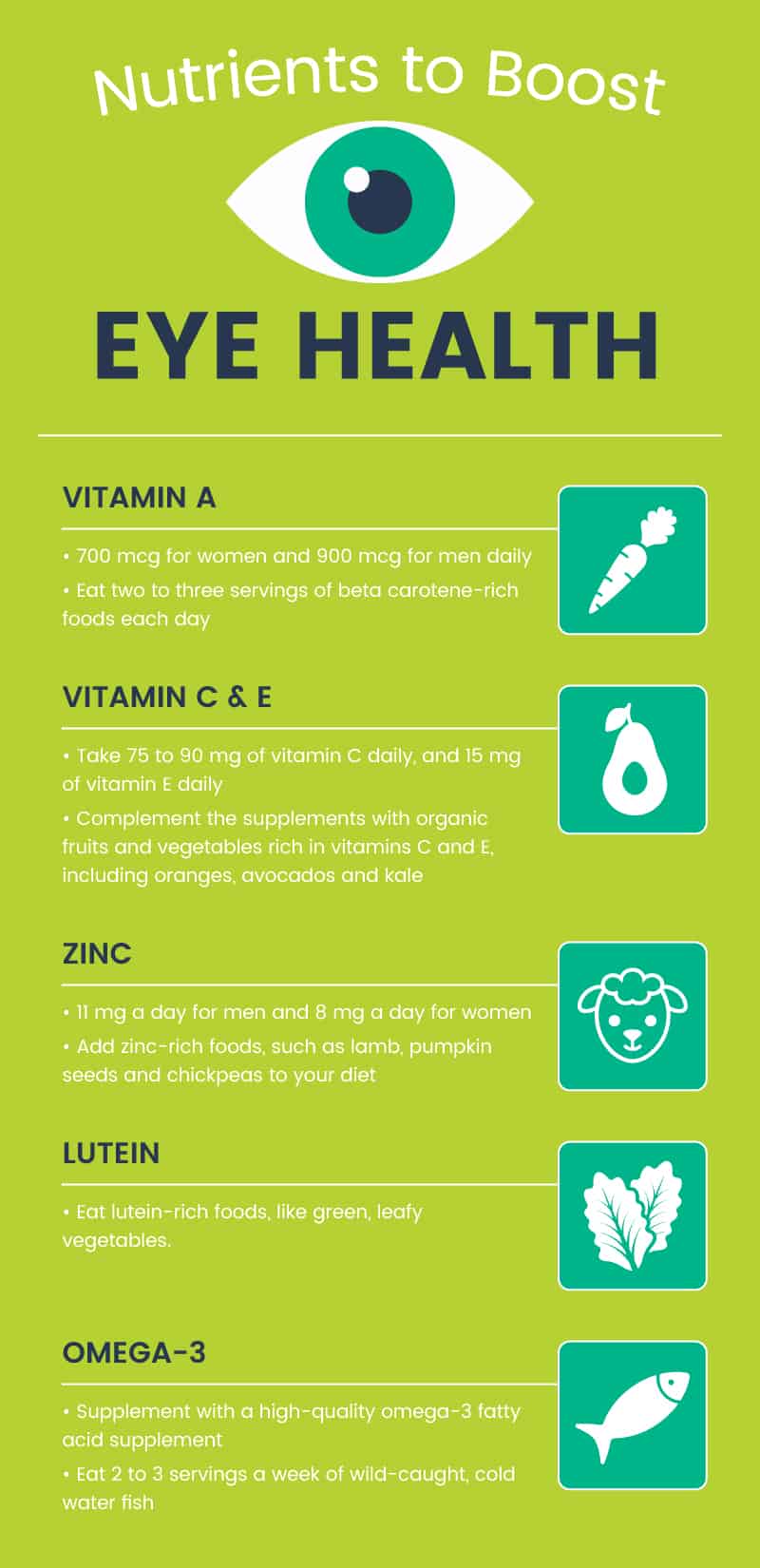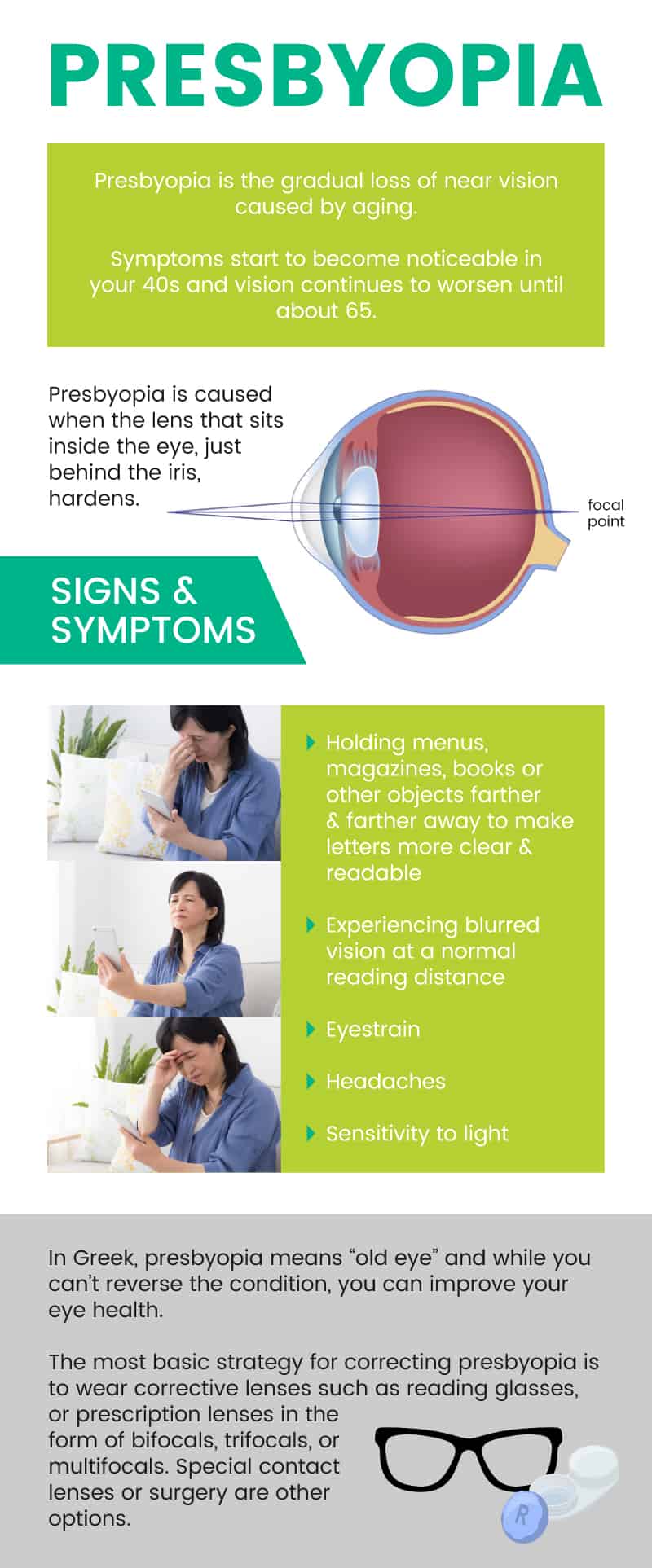This Dr. Axe content is medically reviewed or fact checked to ensure factually accurate information.
With strict editorial sourcing guidelines, we only link to academic research institutions, reputable media sites and, when research is available, medically peer-reviewed studies. Note that the numbers in parentheses (1, 2, etc.) are clickable links to these studies.
The information in our articles is NOT intended to replace a one-on-one relationship with a qualified health care professional and is not intended as medical advice.
This article is based on scientific evidence, written by experts and fact checked by our trained editorial staff. Note that the numbers in parentheses (1, 2, etc.) are clickable links to medically peer-reviewed studies.
Our team includes licensed nutritionists and dietitians, certified health education specialists, as well as certified strength and conditioning specialists, personal trainers and corrective exercise specialists. Our team aims to be not only thorough with its research, but also objective and unbiased.
The information in our articles is NOT intended to replace a one-on-one relationship with a qualified health care professional and is not intended as medical advice.
Presbyopia + 7 Natural Ways to Improve Eye Health
January 5, 2018

According to a study conducted by The Vision Council, 3 out of 4 adults in the United States wear some type of vision correction. Whether the correction is for those who are farsighted, nearsighted, have an astigmatism or other vision-related conditions, it is estimated that Americans spend over $40 billion each year on corrective lenses. The rates of presbyopia are on the rise in the United States and globally. It is projected that 2.1 billion people across the world will have this eye condition by 2020. (1)
While other vision problems can be the result of genetics, eye injury or an underlying disease, presbyopia is simply the result of aging and the most common vision problem for those over the age of 65. In Greek, presbyopia means “old eye” and while you can’t reverse the condition, you can improve your eye health. (2)
This vision problem sneaks up on you, with the first signs being holding a book, newspaper or menu farther and farther away so your eyes can focus. Eye strain symptoms may become more apparent, and you may notice an increased sensitivity to light, headaches, and a burning sensation.
A basic eye exam is all that is required for diagnosis, and this perfectly natural, age-related vision change can typically be treated effectively with contact lenses or prescription eyeglasses.
Even people with perfect 20/20 vision will start to notice changes in vision as they age. While it can begin as early as the 40s, you may not require corrective lenses until symptoms become more disruptive (or your arms just aren’t long enough to hold items far enough away for your eyes to focus!).
What Is Presbyopia?
Presbyopia is the gradual loss of near vision caused by aging. It doesn’t affect your ability to focus on items in the distance. Symptoms start to become noticeable in your 40s and vision continues to worsen until about 65. (3)
While similar, presbyopia and hyperopia — or farsightedness — aren’t the same condition. But they do share many of the same conditions. If you’re farsighted, objects in the distance are in focus but objects up close are blurry. This condition is caused by an irregularly shaped eye that prevents the light from lining up with the retina. It is not a result of aging. (4)
On the other end of the spectrum, myopia — or nearsightedness — means that you have good near vision, but items in the distance are out of focus. This is caused by an irregular cornea or misshaped eye, and, like hyperopia, it is not age-related. (5)
Presbyopia Signs & Symptoms
- Holding menus, magazines, books or other objects farther and farther away to make letters more clear and readable
- Experiencing blurred vision at a normal reading distance
- Eyestrain
- Headaches
- Sensitivity to light
Presbyopia Causes & Risk Factors
Presbyopia is caused when the lens that sits inside the eye, just behind the iris, hardens. In our younger years, this soft and malleable lens changes shape to focus the light on the retina, allowing us to see clearly up close. As it hardens, it cannot adjust as easily, resulting in poor passage of light to the retina and an inability to focus up close.
While considered an age-related eye condition, there are additional recognized risk factors that can cause early development, or faster development, in some people, including: (6)
- Being over 40
- Being female
- Diabetes
- Multiple Sclerosis
- Cardiovascular disease
- Anemia
- Hyperopia
- Eye trauma or injury
- Myasthenia gravis, a neuromuscular disorder
- Vascular insufficiency
- Eating a poor diet
- Diagnosis of decompression sickness from scuba diving
- Excessive alcohol consumption
- Taking certain prescription drugs:
- Antianxiety drugs
- Antipsychotics
- Antispasmodics
- Antidepressants
- Antihistamines
- Diuretics
Conventional Treatment
An ophthalmologist diagnoses presbyopia through an eye examination that includes a refraction assessment and overall eye health exam. The refraction test determines whether vision changes experienced are caused by presbyopia, astigmatism or hyperopia. Dilation of the pupils may be necessary to allow the doctor to see more clearly into the eyes.
Conventional treatment options include corrective eyewear and surgery. For some, in the early stages, off-the-shelf, nonprescription reading glasses may do the trick to allow for reading objects up close. But chances are at that as the condition worsens, prescription corrective lenses will be necessary. Today, there is a wide range of corrective eyewear choices to treat vision problems. (7)
Corrective Lenses for Presbyopia
Reading glasses: Fixed rate of field, available without a prescription.
Bifocals: Contain two different lens powers or prescriptions, with the needed prescription for distance on top, and for reading and close-up work, on the bottom.
Trifocals: Contain three different lens strengths, with near or immediate range of field at the top, distance strength in the middle, and near strength again at the bottom.
Progressive Multifocals: Also known as a no-line bifocal (or trifocal) they have the added benefit of providing a seamless progression of a variety of lens strengths for all depths of field.
Monovision Contact Lens: One eye is corrected for distance, and the other eye is corrected for near vision. This can cause a distortion of depth perception and adversely affect intermediate vision.
If you have tear duct problems, dry eye, problems with eyelids, or Sjögren’s syndrome, contact lenses may not be the best choice.
Surgical Options for Presbyopia (8)
Refractive Surgery. This surgery changes the actual shape of the cornea to improve close-up vision in the non-dominant eye. This is similar in theory to monovision lenses, where only one eye is corrected for close range. However, after surgery, prescription eyeglasses may still be needed for near reading and close-up work.
This procedure is not reversible; before having the surgery, wear monovision contact lenses to determine if you can adjust the change. Common surgeries in this category include LASIK, LASEK, PRK and conductive keratoplasty.
Lens Implants. In this surgery, the natural lens of each eye is removed and replaced with a synthetic lens. New lenses show promise as the surgery is short, and complications are rare. However, remember this is a permanent procedure, and irreversible. Be sure to speak with your ophthalmologist about any underlying medical conditions that may affect the eye before proceeding.
Corneal Inlays. Similar in concept to a lens implant, a small plastic ring is surgically inserted into the center of the cornea of one eye. It acts like a pinhole camera allowing in focused light so close-up vision improves.
Presbyopia: 7 Natural Ways to Improve Eye Health
According to the American Optometric Association, nutrients from food or supplements can help preserve your vision. Antioxidants, lutein, zeaxanthin, vitamins C and E, zinc, as well as essential fatty acids, have been identified as eye-friendly nutrients that can reduce the risk of certain eye diseases. (9)
However, keep in mind that while eating a healthy diet and practicing good eye health strategies helps preserve and prolong eye health, these techniques can’t correct the shape of the eyeball or stop physiological changes such as hardening of the lenses due to aging.
1. Vitamin A & Beta Carotene
Long regarded as vital for maintaining healthy vision, foods rich in beta carotene convert to vitamin A in the body. For eye health, eat a variety of yellow and red fleshed fruits and vegetables like carrots, sweet potatoes, pumpkins and other winter squash, as well as tomatoes, cantaloupe, apricots and red bell peppers.
Recent research shows not only that vitamin A is vital for continued eye health, but also that it can be a potential treatment for degenerative retinal diseases. The authors of the study indicate that the administration of pharmacological doses of vitamin A can be helpful and may slow the progression of diabetic neuropathy of the eyes. Researchers urge new studies to determine safe dosing. In the meantime, eat plenty of beta carotene-rich foods and add 700 micrograms for women and 900 micrograms for men each day. (10)
2. Vitamins C & E
These two vitamins work together to keep tissues strong. While vitamin E has been shown to specifically protect cells in the eyes from free radicals that break down healthy eye tissues, vitamin C is known to lower the risk of cataracts and slow the progression of age-related macular degeneration. They are two of the most important and essential eye vitamins.
In a study of 35,551 women, those with higher dietary intakes of vitamin E, lutein and zeaxanthin were associated with significantly decreased risk of cataracts. For good eye health, follow the RDA for both these vitamins. (12, 13)
The daily recommended dietary allowance (RDA) for vitamin E for adults is 15 milligrams each day. Be sure to include plenty of vitamin E-rich foods in your diet like sunflower seeds, almonds and avocados. The vitamin C RDA for adults is 90 milligrams for men and 75 milligrams for women. Boost your intake with organic vitamin C-rich foods like guava, kiwi, oranges and kale.
3. Zinc
Studies show that a zinc deficiency, common as we age, is related to poor eye health. Zinc plays a vital role in delivering vitamin A from the liver to the retina. (14)
The RDA for zinc is 11 milligrams a day for men and 8 milligrams a day for women. In addition to a high-quality supplement, try to consume between two and three servings each day of zinc-rich foods like lamb, pumpkin seeds and chickpeas.

4. Lutein
In a double-blind, placebo-controlled 12-month study, researchers found that 20 milligrams daily of lutein significantly improved vision, especially in low-light conditions and improved visual-related quality of life dramatically. (15)
Lutein, found in leafy green vegetables, as well as orange and yellow fruits, may play both a preventive and curative role in eye health. In addition to taking a high-quality supplement, consume two to three servings each day of leafy greens, broccoli, corn, eggs or papaya.
5. Omega-3 Fatty Acids
Known for fighting inflammation, three servings a week of omega-3 fatty acid rich wild-caught, cold water fish like salmon, sardines and herring support good retina health and may help prevent the progress of age-related macular degeneration. Researchers support supplementing with a high-quality supplement of omega-3 fatty acids in the event you cannot get sufficient through foods. (16)
6. Wear Sunglasses and Protective Eyewear
In addition to eating a healthy, nutrient-dense diet, protect your eyes by wearing sunglasses that block UV radiation and wear proper protective eyewear while working with chemicals, playing sports, doing yard work or working with metal shavings or wood.
7. Treat Underlying Health Conditions
There are many chronic health conditions that adversely affect eye health including diabetes, Sjögren’s syndrome, diabetes, lupus, Lyme disease, multiple sclerosis, rheumatoid arthritis and high blood pressure. For these conditions, follow your doctor’s recommended course of action and use effective natural treatments to ease their symptoms.
Precautions
Generally, presbyopia is not related to complications and can be treated effectively with corrective eyeglasses, contact lenses or surgery. However, as the disease progresses, vision can continue to deteriorate. In addition, it can combine with other vision related problems, including astigmatism, hyperopia and myopia.
Presbyopia Key Points
- Presbyopia is an age-related condition affecting the eye’s ability to focus up close.
- Presbyopia is caused when the lens becomes stiff, making it difficult for it to move and focus.
- Conventional treatments range from eyeglasses and contacts to surgery to correct the vision.
- Certain medications, a poor diet, and underlying medical conditions can cause presbyopia.
- A healthy diet is linked to better eye health.
7 Tips for Natural Eye Health
- Take the RDA of vitamin A each day (700 mcg for women and 900 mcg for men) and eat two to three servings of beta carotene-rich foods each day.
- Take 75 to 90 milligrams of vitamin C daily, and 15 milligrams of vitamin E daily for eye health, and complement the supplements with organic fruits and vegetables rich in vitamins C and E.
- Take the RDA for zinc daily and add zinc-rich foods to your diet.
- Eat lutein-rich foods and take 20 milligrams daily to improve vision, especially in low-light conditions.
- Eat two to three servings a week of wild-caught, cold water fish and supplement with a high-quality omega-3 fatty acid supplement.
- Wear sunglasses and protective eyewear to block UV radiation and protect your eyes from trauma.
- Treat any underlying health condition known to impact vision.











